By Aleksander J. and Krzysztof Ś.
Interview
Because we watched part of our video result about smart museum we decided to focus more on this topic and try to share our ideas. In our town there is a regional museum called the Museum of the Town of Jaworzno. Because of that, we decided to arrange an interview with its director.
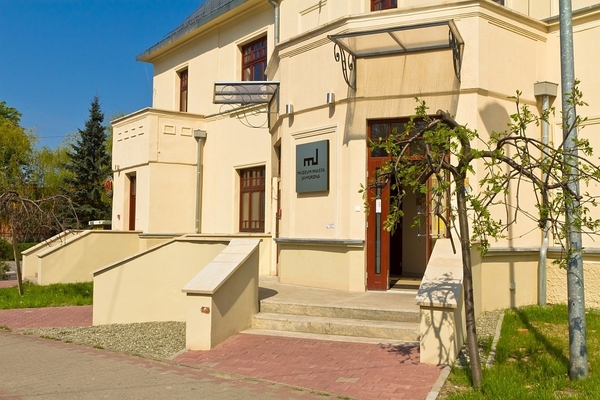
Aleksander: Good morning, I am pleased to talk with Mr. Przemysław Dudzik, director of the Museum of the Town of Jaworzno.
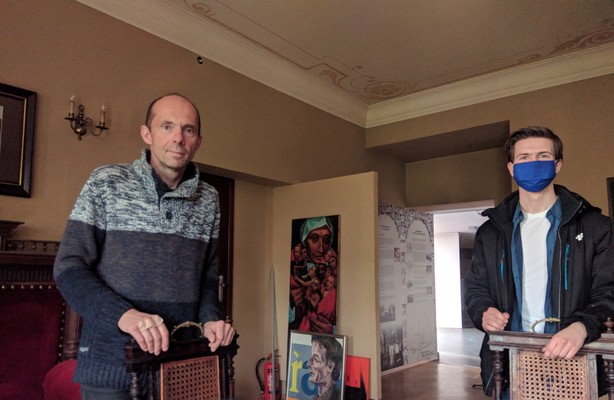
Przemysław Dudzik: Good morning.
A: How do you find current organization of museums in our country, which areas could be improved, what is done good and what is done wrong?
PD: It’s very difficult question because museum institution structure is very diverse. We have ministerial museums, which are in fact national museums, there are 140 of them. Next, we have middle museums founded by marshal office. Then there are museums like the one we have here in Jaworzno, i.e., municipal museums, and on a similar level there are professional museums, such as the Museum of Brewing in Tychy, or private museums. Regardless of that, we should look at museums which care for or deal with particular industries, e.g., the Chopin Museum, which is devoted to Chopin, or others, e.g., Wyspiański or Piłsudski. They are usually located in places connected with these figures. We also have museums that combine many different things. Most often these are regional museums, such as the Jaworzno City Museum, the Katowice History Museum or the Historical Museum of the City of Krakow. Profiling is already present in them. Profiling is not limited only to some two or three groups of collections. In fact, I don't think there is such a way of exposing an object that would work in every situation. You have to show Chopin's or Piłsudski's letter in a different way, and a coal harvester, a locomotive, or the Teutonic Castle in Malbork in a different way. There are also objects which, due to their fragility, cannot be exposed to daylight in any way, so we have at our disposal some kind of alter ego, a replica. Others, on the other hand, can do no harm. Finding some common formula is basically impossible. We can only think about how to make it accessible. Here another problem arises, because each of us has completely different perceptions. One is syncretic and needs to touch something in the museum, while another is on something completely different.
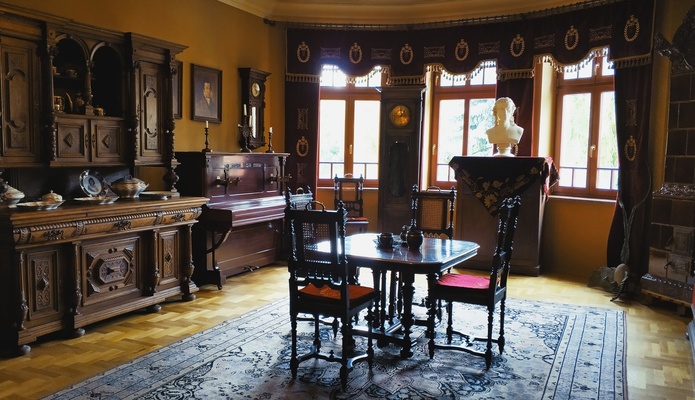
A: Is it possible to adjust museums to make them more accessible for disabled people, for example through wheelchair ramps or lowered expositions?
PD: Well, that is another situation, because there has been a total loss of the situation. Quite often, because of people with some kind of dysfunction, an exhibition has to be adjusted in such a way, often to the detriment of the person concerned, so that they can use it. This still does not guarantee that such a person will come to the museum at all. Of course, this must be taken into account, but in my opinion the exhibition should not be subordinated to these people. If someone has poor eyesight or is blind, all descriptions lose their sense, whereas such a person will better perceive things they can hear. When creating an exhibition aimed specifically at such a group, this element of accessibility should be enlarged. Similarly, when someone is in a wheelchair. A good example here is a historical site where it is not always possible to create a path for a person to cross. For this reason, alternative situations are set out or the conservator agrees to some interference in the architectural structure. In Poland very few museums are built from the beginning, usually they are adaptations. Very often the situation regarding the number of visits by wheelchair users has to be carefully analysed. One should not focus only on disabled people, forgetting about the needs of others.

A: As a result of the pandemic, many museums had to transfer visits to the virtual world. Do you see this as an alternative to traditional museums and any positive aspects of it?
PD: In short, contrary to what is currently being said, this is a tragedy. It is succumbing to a vision of transferring everything to the Internet. This way does not give away contact with the object. Putting everything online becomes an art in itself. Even if the object is nicely depicted, it is just an excuse to flaunt digital and graphic possibilities. This is often much more miraculous than the object itself, and it does not give a chance to get in touch with the real object, which retains the features of the epoch, the man who made it, the situations that happened around it. A sensitive person will not see it through the net. I myself wanted to use this type of solution, because there was no time or possibility before. After such a virtual tour I had the opportunity to go to this place. The reception turned out to be completely different. In fact, I had the impression that I had already been there before, so all the charm was broken. Such internet exhibitionism is very impressive, but unfortunately it becomes the subject itself and does not provide contact with the object. I don't know if this is good or bad. It is completely different from what we as museums have experienced so far. In what direction will this go next? I don't know, I can't tell.
A: Could it be an encouragement to visiting museums?
PD: Yes, but at this point the material would have to be edited in such a way that later on you would not have the impression that you had already been here. The reproduction of certain things, when they go through professional programmes and are prepared by seasoned graphic artists, often gives a much more attractive impression than the object itself. On the other hand, this can be used. You can show, for example, how a given object functioned, how it was created, in a situation in which, of course, the object itself is motionless at the exhibition. The right solution should be sought here to help and at the same time not to take away all the magic from the object.
A: How could something like virtual reality, a projector or a sound system be used in a museum? How could these things influence the design of such an exhibition?
PD: Long, long ago there were no such technical possibilities, and as a result these exhibitions were not so attractive. At the moment, however, we are slowly moving away from this over-saturation with technology in museums. You have to know when to give it up and when not to. In fact, the most important thing in a museum should be the object. If you use electronics, which in themselves are often much more attractive than the object itself, you have to be careful that one does not drown out the other, that it does not compete. Now the question remains whether I use these media to describe the functioning of a given object or its history. If so, then by all means. A skilful combination of these elements will certainly support the subject, and we will certainly get more out of the meeting. The second situation is when we enter a museum where it is unbelievably very quiet. A long time ago, I went to an exhibition in Carcassonne on the specific tools of the Inquisition in its heyday; it was an authentic collection of various instruments of torture. For me, the wonderful thing there was the Baroque music that accompanied the exhibition. It was a wonderful complement to this exhibition, even though the music was completely unrelated to the theme.
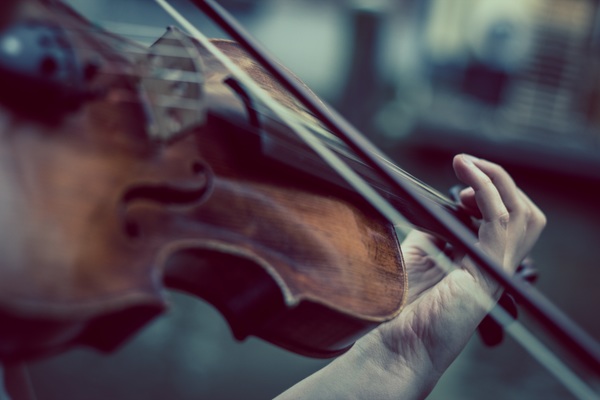
A: Museums now quite often rely on interactive exhibitions, where you can touch and feel something, what are the advantages and disadvantages of this?
PD: There are many of them, because the object itself is illegible to the person who is looking at it and therefore does not arouse interest. If I know something about a given object, it is good, but if I don't have any knowledge, I will pass by it as if it didn't exist. In the ethnographic parks in Sweden, a formula was found to make things happen. You could come, work with old tools, do past activities and suddenly these open-air museums became a leisure activity, a kind of Disneyland. You look at an object in a completely different way, you can touch it, you can work with it, you can see some technological processes. This is very cool. Unfortunately, this is often connected with unbelievable costs and technical possibilities. However, where it can be shown, it should be done. For example, the process of baking bread or making porridge. Showing how something works only serves the object in question. It is best when someone can come and try something out for themselves. Museums should preserve this spirit of history and authenticity, remembering what purpose these electronics and multimedia are supposed to serve.
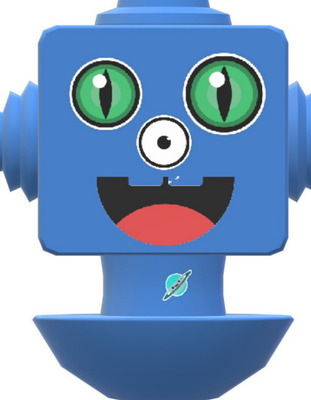
This video shows the PRG and it's a very cool situation. You can already walk through museums with a guide wearing headphones. This is cool because it can be prepared professionally due to the fact that not every guide has the gift of speaking. Ideally, in the future it will be an assistant who helps me to understand certain things, rather than doing something for me. The rule is that I should maximize my imagination and my intellect to enter the situation. Only then does it make sense, because if my feelings are imposed on me in a certain way, it is closer to manipulation than truth.
A: Are there any chances of implementing the issues contained in the video in practice, and if so, at what stage can the work on introducing smart solutions in museums currently be?
PD: It is a broader percentage, because there is an idea, it must have some substantive support, which can always be added to it. You may have some doubts, some alternatives, but at some point you reach a consensus. Then you have to find the money for it, the possibilities. It can be a long way from an idea to industry. Some things appear and last, and then they pass away and are forgotten. Very few people have such a situation that they think of something and it can be implemented immediately. When it comes to these things in the field of electronics, they can be very noble. Life is so rich that it offers many different possibilities. You have to look at them and take advantage of these kinds of things. It is very difficult for us at the moment to assume that the museum of the future will look like this and not like that. These are situations that have evolved and will evolve. In fact, the environment in which these museums will operate will determine what it will look like in the future.
A: Thank you very much for giving the interview. Goodbye.
PD: Goodbye.
CONCLUSION
In conclusion, the way exhibitions and museums are designed and adapted to people's need and preferences should be very well-thought-out. Virtual museum tours shouldn't be an alternative to the possibility of seeing artefacts with your own eyes. It should be more like encouragement. Technical elements shouldn't muffle pure artefact experience. The best addition to the exhibition won't be VR but music playing in the background. A very good solution would be implementing PRG (Personal Robotic Guide) in museums. Its main purpose would be not to tell everything to visitors but help them understand an exhibition. It is difficult to predict the possibility of introducing ideas in the future because the environment in which museums operate determines how they will look.
QUIZ
https://wordwall.net/play/16733/029/488
You can also click the upper link.